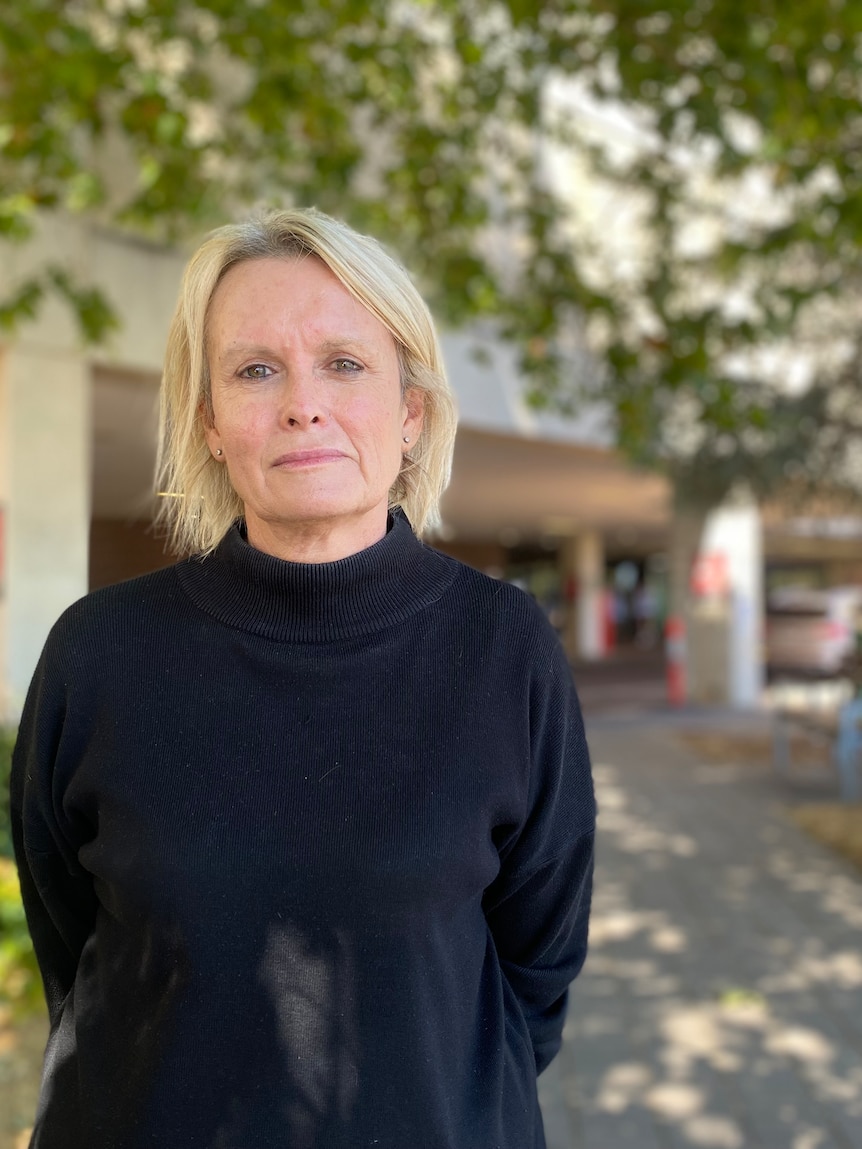Doctors claim administrators at one of South Australia’s largest public hospitals inappropriately called an internal emergency during a recent incident of overcrowding, describing the ‘code yellow’ as a ‘health and safety risk’.
In a report to the state’s work safety watchdog obtained by ABC News, clinicians also raised concerns Flinders Medical Centre (FMC) moved away from “clinician led care” during the event.
Administrators first declared the code yellow on March 13, citing surging demand for services following the hot conditions that hit Adelaide during the long weekend.
South Australian Salaried Medical Officers Association (SASMOA) was called to conduct a safety inspection of the emergency department (ED) 12 days later, when the code yellow was still in place, with beds set up in corridors to treat patients.
SASMOA senior industrial officer Bernadette Mulholland said the decision to shift to “corridor care” came without consultation with emergency department doctors.
“If we had built corridors to put beds in, and provide care in, it would simply be a ward,” she said.
“There aren’t the supports around, things like the gases and the plugs, all of those really important elements that make a bed functional.”
Southern Adelaide Local Health Network chief medical officer Dr Diana Lawrence said the hospital’s leadership “very quickly” heard staff concerns about the practice.
“We will not be using corridor care again,” Dr Lawrence told ABC News.
“It has previously been in our disaster response to stand up corridor care. And because of the extreme surge in demand, some corridor care was used for a very brief period of time.”
During the safety inspection, medical staff advised Ms Mulholland that the FMC ED was “designed” so the ramping and bed block problems it was facing “didn’t happen”, but it was now “inherently unsafe” for patients and staff.
“Ramping, and the access block, from the emergency department into the hospital has considerably worsened,” Ms Mulholland said.
Dr Lawrence said the local health network had “a really strong patient safety culture”.
“We do provide safe care to the community. We are a tertiary, quaternary hospital,” she said.
“We do provide safe care and we 100 per cent provide a safe environment for our staff.”
Alleged breaches of work safety laws
Following its inspection of the FMC ED, SASMOA reported seven alleged breaches of SA’s Work Health and Safety Act, including the use of “corridor care”.
Another reported contravention included the “escalation process” FMC administration used to call the code yellow.
One doctor told Ms Mulholland during the inspection that “no one understands in the FMC ED what the administration’s motivation is for a code yellow, when no one else across the state has implemented a code yellow but are in a similar situation”.
“Certainly, there was a view that the primary care and responsibility were being advised, and authorised, by the administration rather than by the doctors themselves,” Ms Mulholland told ABC News.
Dr Lawrence stood by the decision to implement the code yellow disaster measure, which usually is only declared for limited periods of time.
“As part of the executive that was around the table, it was absolutely appropriate because we want to be able to provide safe care to our patients in that ongoing surge of high demand, which was sustained throughout that period,” Dr Lawrence said.
Other alleged breaches of work safety laws included an alleged lack of support for trainee medical officers and insufficient staff to support the emergency department roster.
Co-director of the FMC ED, Matthew Wright, said it had been a “difficult” year for the unit when it came to staffing.
“I think that’s a national and international experience. I don’t think we’re unique in having had that problem,” he said.
“We’ve certainly over the last six months, with the support of the organisation, managed to recruit a significant number of medical staff.
“We still have a small degree of vacancy in our medical staff but there have been other strategies by the organisation, and the ED management team, such as agency nursing staff and locum medical staff, to support our existing staff that are in place.”
Extra beds open since the code yellow
Since the code yellow event in March, a new 20-bed ward has opened at FMC.
Dr Lawrence said Adelaide’s southern suburbs had an older population and FMC was seeing patients who were more unwell, with high acuity and more complexity.
“We know that we do need more bed capability to be able to care for those patients,” she said.
By the end of next year, the state government expects to add a further 280 beds to SA’s public health network.
Ms Mulholland said all parties needed to work “collegiately” between now and when all the beds were available.
“We really hope that actually makes a difference to our hospitals to the crisis that’s now impacting,” she said.




